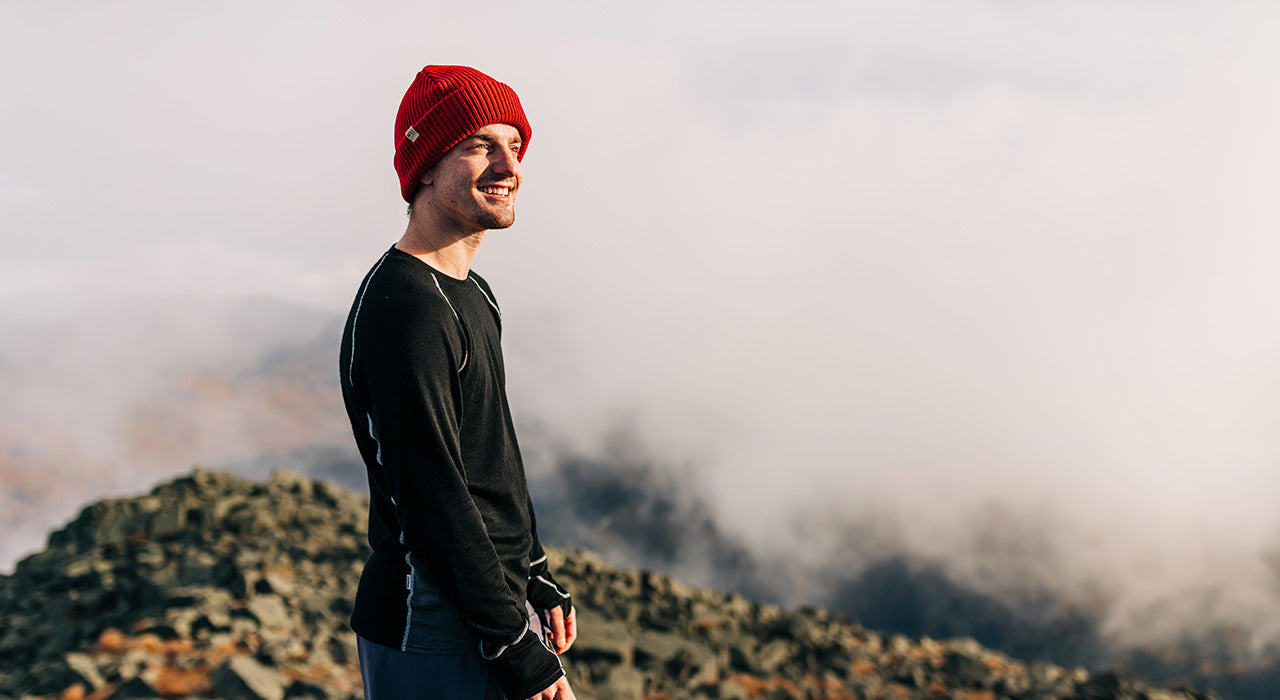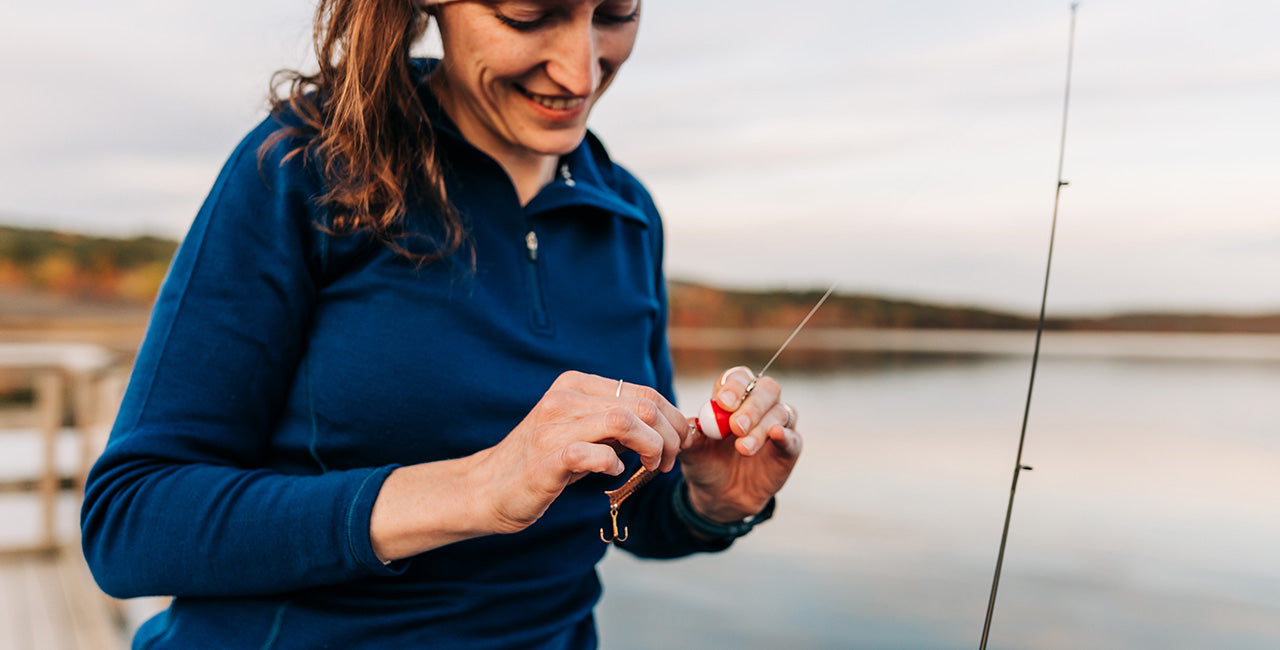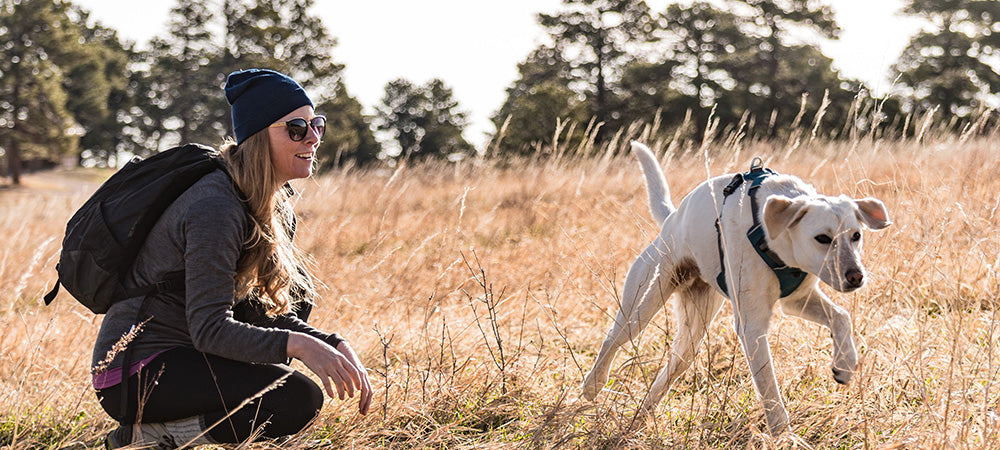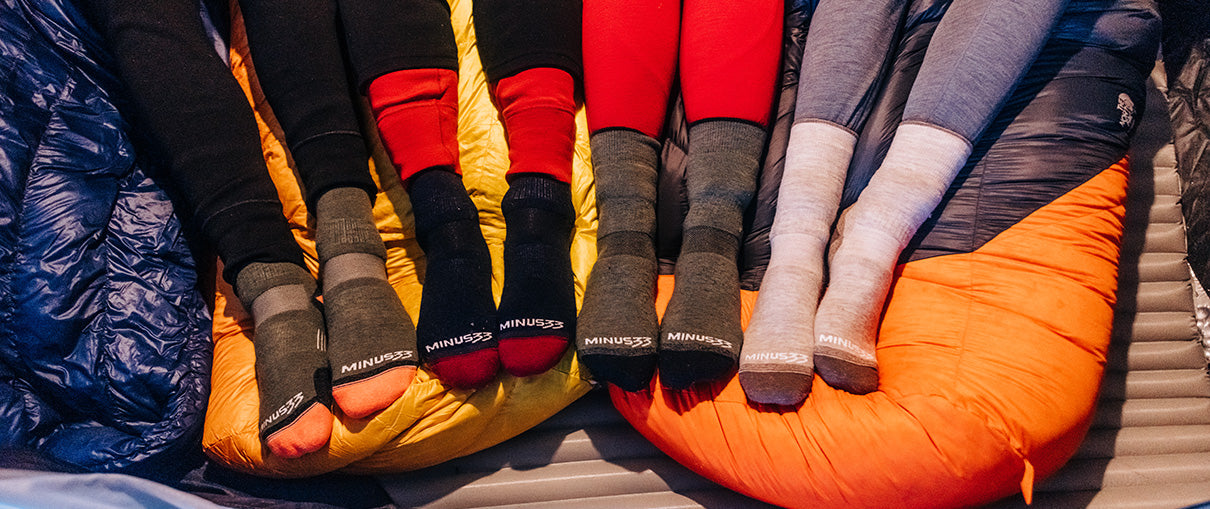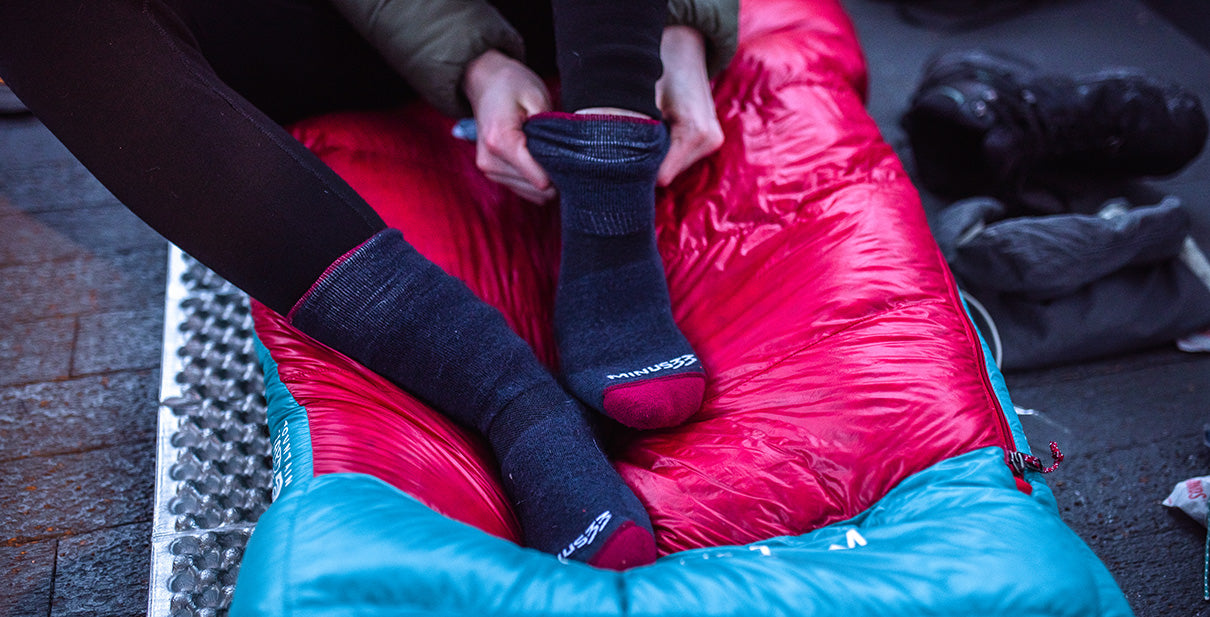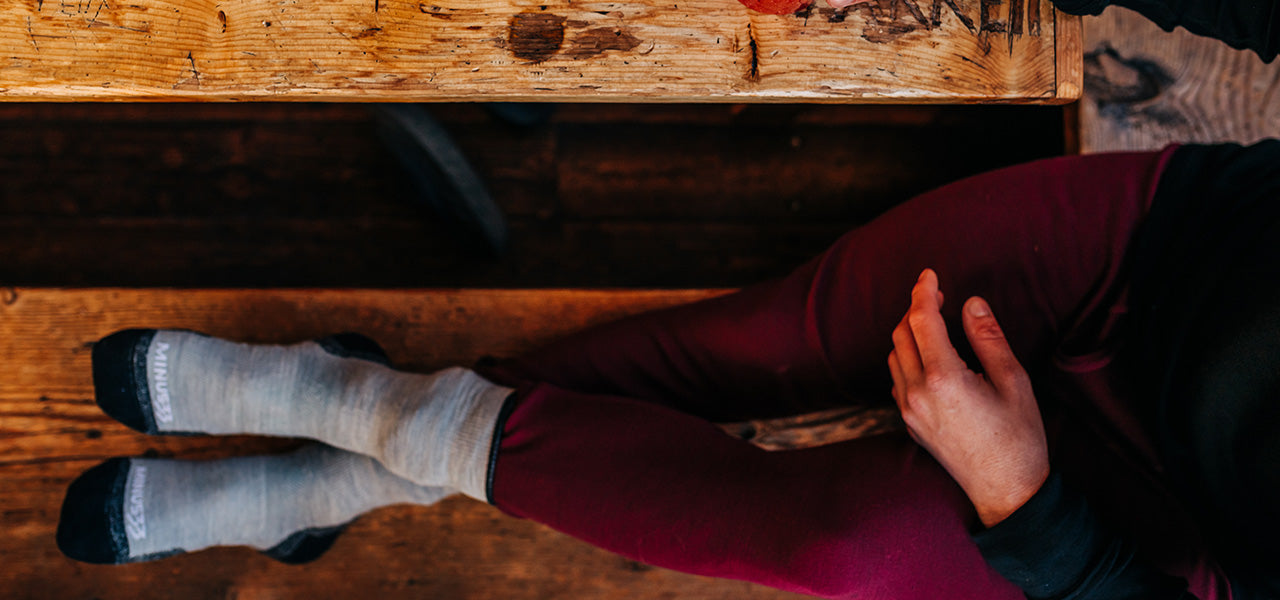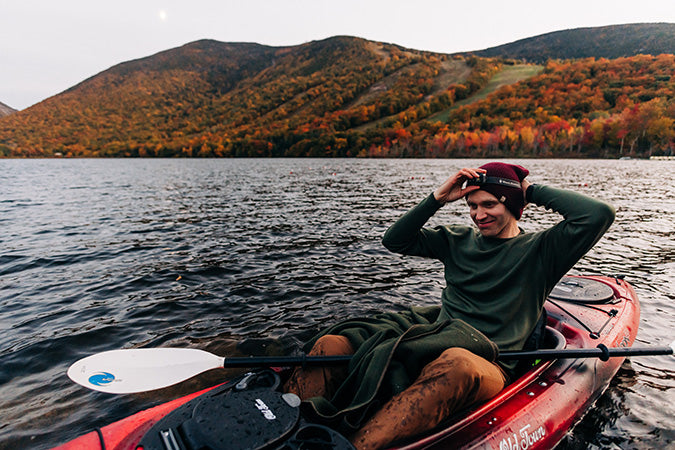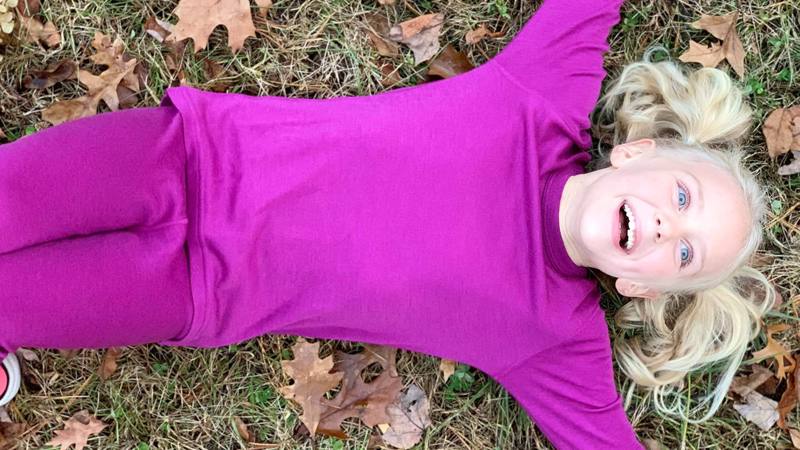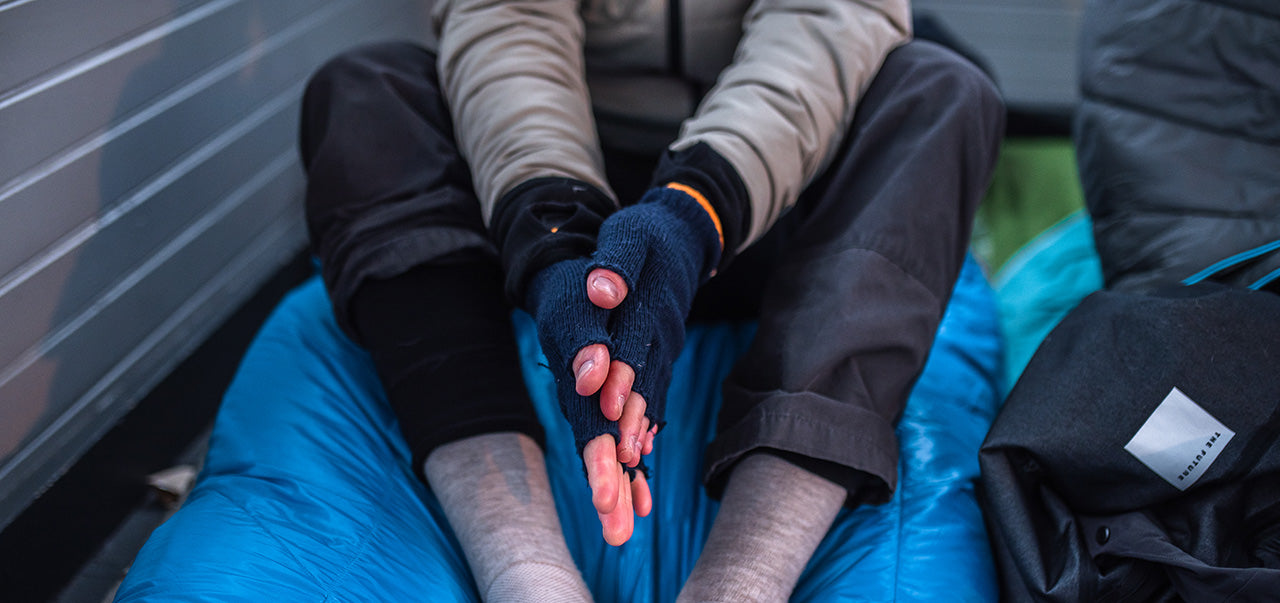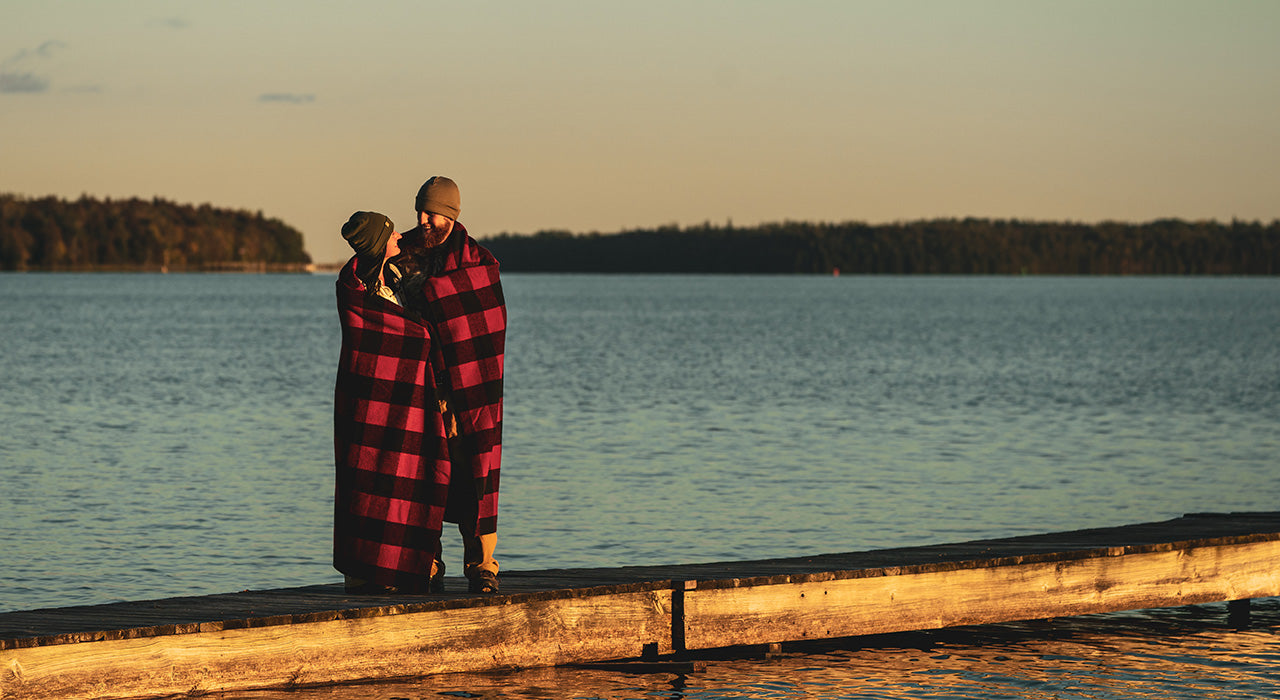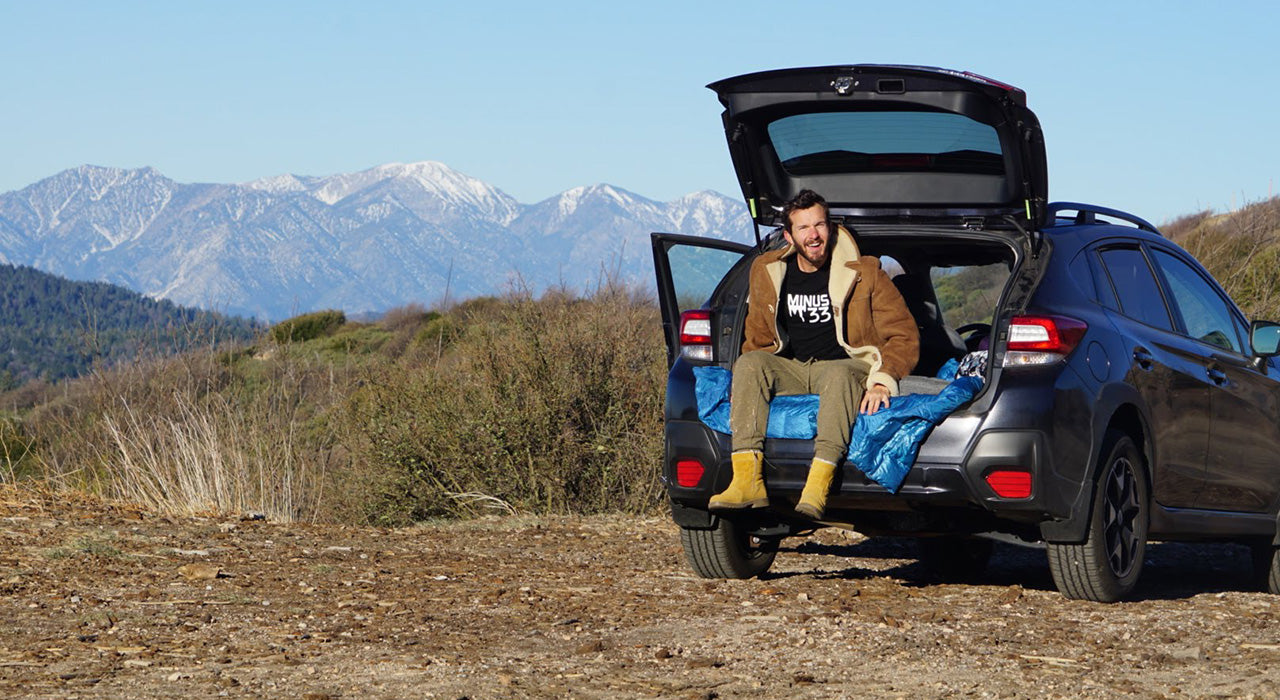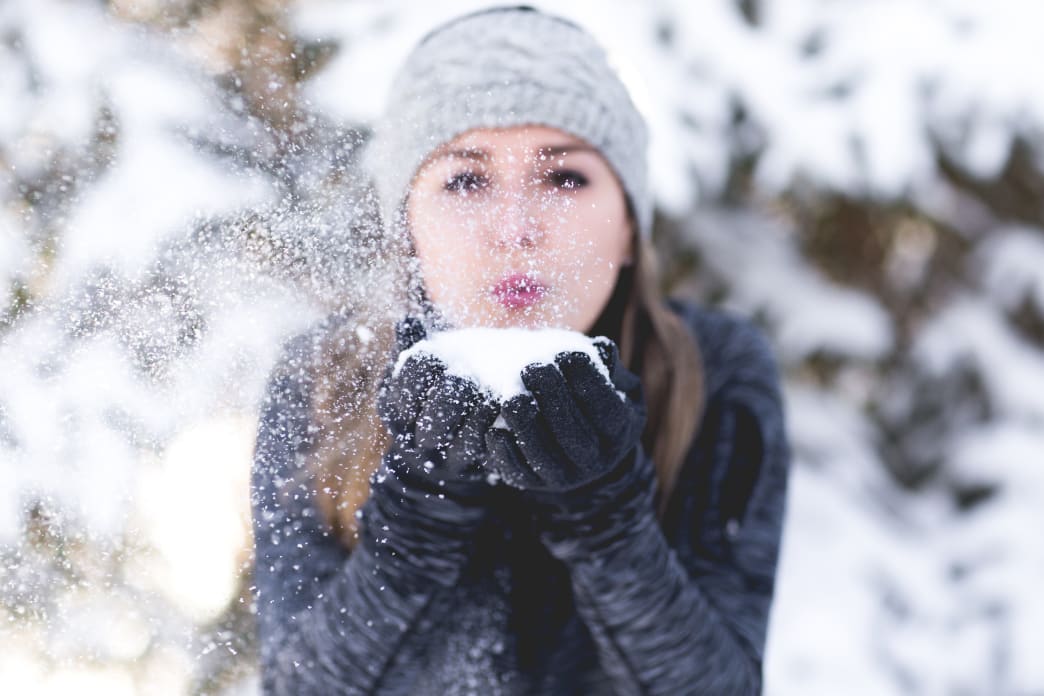Despite the cold temperatures, winter is a fantastic time to be outside. Yet the season is often viewed as something to be endured rather than celebrated. But those who think that way haven’t spent much time enjoying the cold weather. Skiing, snowboarding, snowshoeing, tubing, fat biking, and winter hiking are all excellent ways to spend time outdoors—and if you dress right, you’ll most likely be zipping off layers before you’re through. The key to any winter outdoor adventure is understanding how to dress—and that includes adjusting as your body warms and weather conditions change. With some basic knowledge and a few key pieces of clothing, it’s easy to remain comfortable—and warm—as you enjoy all that the season has to offer outside.
Here are 10 tips for helping you stay warm as you spend time outdoors this year.
1. Learn to Layer
You’ve probably heard this advice your whole life—put on a sweater!—but knowing how to layer is a key to ensuring a safe and comfortable outdoor experience. Layering allows you to help control the movement of heat and moisture your body produces. This means how you dress needs to be activity-specific. How you layer for watching a cold football game from the stands is different than when you’re cross-country skiing. But no matter the activity, you’ll want to dress in four basic layers.
Base layer: This is the next-to-skin layer, so it needs to be comfortable and flexible for easy movement. It needs to provide some insulation, but the primary function is that it’s breathable and moisture-wicking. In basic terms, it needs to pull moisture away from your skin and allow air to circulate. Depending on the weather conditions and activity, you can choose base layers with more or less insulation. A good example is Minus33’s Ticonderoga Lightweight Wool Crew (the Moriah for women) a long-sleeve option that fits most winter activities.
Mid-layer: This second layer is an insulating layer. It, too, should be breathable to help manage moisture and temperature. Merino wool is an excellent option here, as it is naturally breathable yet very good at trapping heat as well. Choose one with a zipper to better help you regulate your temperature as you heat up, such as the Isolation (men)/Sequoia (women) Midweight Wool ¼ Zip.
Insulating layer: When you’re dealing with colder temperatures or more sedentary activities, you’ll want another layer to help keep in the warmth. This could be another wool layer or a fleece. Once again zippers are a good idea to help regulate your body temperature after you warm up.
Outer shell: This is what protects you from the elements. It could be a light windbreaker in moderate conditions or a heavy parka when you really need protection. Look for a top that’s both water-resistant and wind resistant. For those doing aerobic activities, look for one with venting options.
2. Cover Your Head/Neck
Spend any time outside without your head covered and you’ll notice what a difference a hat can make. It’s not true that you lose the majority of heat through your head—it’s just the same as any other body part. But that being said, your head contains a lot of surface area where you can lose heat, so cover it up with a wool hat. The neck is another area where you can lose heat quickly. A scarf is a traditional option, which is great, but if you’re moving outside you might be more comfortable with a neck gaiter or balaclava.

3. Cover Your Hands
This sounds like a no brainer, but it leads to the perennial question: Gloves or mittens? As a rule of thumb (get it?), mittens tend to keep your hands warmer than gloves, as your fingers generate more heat when they’re not separated from each other. But you have less dexterity with mittens, so for some the slight difference in heat is worth going with gloves. Whichever you choose, windproof and waterproof gloves or mittens are essential for downhill skiing or snowboarding, especially as you ride that lift back to the top. But if you’re moving constantly, like when cross-country skiing, they overheat quickly. A thin, breathable glove may be best for that.
4. Use Chemical Hand/Feet Warmers
When you’re not moving much, your extremities can get cold no matter the quality of your gloves or boots. One option is to use a chemical hand warmer, in which you activate a plastic pouch to initiate a chemical reaction to generate heat. You’ll find these products under the brand names HotHands and Grabber, among others. You can get several hours of heat from the single pack, and they’re a great option for winter hiking or spending time outdoors at a sporting event or outdoor ice rink.
5. Invest in Good Socks
Keeping your feet warm is half the battle. Depending on your activity, insulated boots may be a good option. But no matter what kind of boot goes over your foot, make sure you have a quality pair of wool socks inside them. Much like with mid layers, you can customize the thermal properties to your activity. One option for cold weather is to wear a sock liner, which is like a base layer for the foot. It not only provides extra insulation, but it helps wick moisture away from the foot to keep it not only warm but dry.
6. Wear Thermal Underwear
It’s surprising how often people put so much thought into their coat and hat while completely neglecting the bottom half of the body. Thermal underwear—good old-fashioned long johns—make a world of difference on keeping your overall body temperature comfortable. This is the base layer for the bottom half of your body, and it’s essential to maintaining your warmth over a long period of time outside. Choose a wool option like the Kancamagus for men or Franconia for women for the best combination of warmth and breathability.

7. Embrace the Ski Goggle
Sunglasses may be more fashionable, but those spending time on the mountain in cold weather won’t find a better option than ski goggles when it comes to staying warm. The wind generated as you ski or board down can make your face quite cold, no matter how well you’re dressed. A ski goggle will cover up nearly half your face, and you’ll also benefit from being able to see better as well.
8. Cover Exposed Skin w/Petroleum Jelly
In extreme temperatures, any exposed skin can make you uncomfortably cold. Applying a thin layer of petroleum jelly (better known as Vaseline) to your skin can help you feel more comfortable and help prevent wind damage to the skin. Rub it on your nose, cheeks, and chin to help keep your face warmer.
9. Drink Hot Beverages
It should perhaps come as no surprise that drinking hot beverages will help keep your body temperature up. So bring that thermos of hot chocolate and coffee along to help keep you warm. Be aware, however, that drinking alcohol is not a good idea. Yes, consuming alcohol in cold weather can help you feel warmer, but what it’s doing is numbing your body’s reaction to the cold. This could be dangerous as you become unaware of the potential signs of frostbite. Save the flask for when you’re back inside.

10. Start Your Workout Inside
One of the toughest things about getting outside in the winter is starting out. That temperature drop when you first head outside can be shocking. Give your body a bit of an advantage by warming up before you head outside. Do a few jumping jacks, run in place, do some push-ups, anything to get the blood pumping. Just remember that you don’t want to sweat—leaving your home wet is the last thing you want to do. But just a minute or two of light exercise can do the trick to get your body warmed up before making your way into the cold.
Written by Jeff Banowetz for Matcha in partnership with Minus33.
Featured image provided by Teddy Kelley
Blog images provided by Mahting Productions



